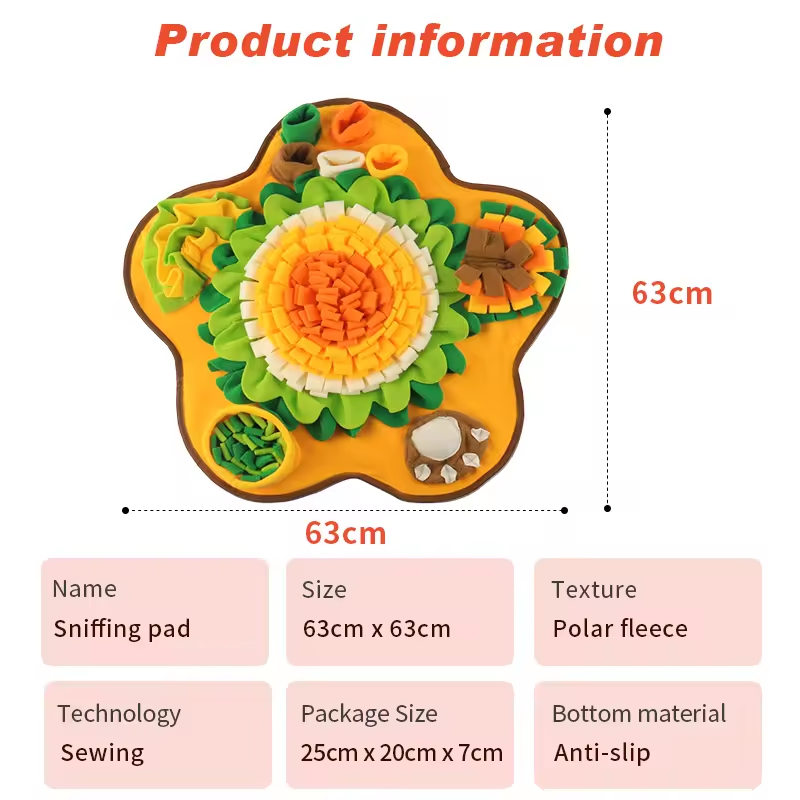How to Make Acoustic Panels for Your Home Studio
Creating a great-sounding environment in your home studio starts with proper sound treatment, and one of the best ways to achieve this is by making your own acoustic panels. These panels help absorb sound, reduce reflections, and improve the overall acoustics of your recording space. Here’s a step-by-step guide to making your own acoustic panels.
Materials Needed
1. Acoustic insulation material You can use fiberglass insulation (like Owens Corning 703) or rock wool. Both materials are effective at sound absorption. 2. Wood for frames Choose 1x4 inch boards to construct the frames. 3. Fabric Use breathable fabric like burlap or any acoustic fabric to cover the panels. 4. Wood screws or nails To assemble the frames. 5. Staple gun For securing the fabric. 6. Utility knife For cutting insulation material and fabric. 7. Measuring tape To get accurate dimensions. 8. Saw A miter saw or hand saw to cut the wood.
Step-by-Step Instructions
1. Determine Panel Size Decide how large you want your acoustic panels to be. A common size is 2 feet by 4 feet, which is reasonable for most studio spaces.
2. Cut the Wood Measure and cut the 1x4 boards to create the frame. For example, cut two pieces at 4 feet and two pieces at 2 feet to form a rectangular frame.
3. Assemble the Frame Use wood screws or nails to join the frame together. Make sure to create a sturdy rectangular shape, as this will support the insulation material.
how to make acoustic panels for home studio

4. Cut Insulation to Fit Using your utility knife, cut the acoustic insulation material to fit snugly within the wooden frame. It’s important that the insulation fits well, minimizing any gaps that could reduce its effectiveness.
5. Insert Insulation Place the cut insulation into the wooden frame. It should fit tightly to ensure that sound waves are effectively absorbed.
6. Cover with Fabric Cut your chosen fabric to size, allowing extra material to fold over the edges of the frame. Lay the fabric face down, place the panel face down on the fabric, and bring the edges of the fabric up over the panel.
7. Secure Fabric Using a staple gun, staple the fabric to the back of the frame. Make sure to pull the fabric tight to avoid wrinkles for a professional finish.
8. Finishing Touches Trim any excess fabric if necessary, and ensure that all edges are securely stapled.
9. Mounting the Panels Decide where to place the acoustic panels in your studio. Typically, it’s effective to mount them on the walls at reflection points (the spots where sound bounces off walls) and to cover the first reflection points around recording positions. Use wall-mounted brackets or simply hang them with nails.
Conclusion
By following these steps, you can create effective acoustic panels for your home studio that enhance your sound quality and recording experience. Not only are these panels functional, but they can also be customized with different fabrics to fit your aesthetic preferences. Whether you’re a musician, podcaster, or producer, high-quality acoustics will elevate your work and make your space more enjoyable to use. So gather your materials, get creative, and start building your own acoustic panels today!
